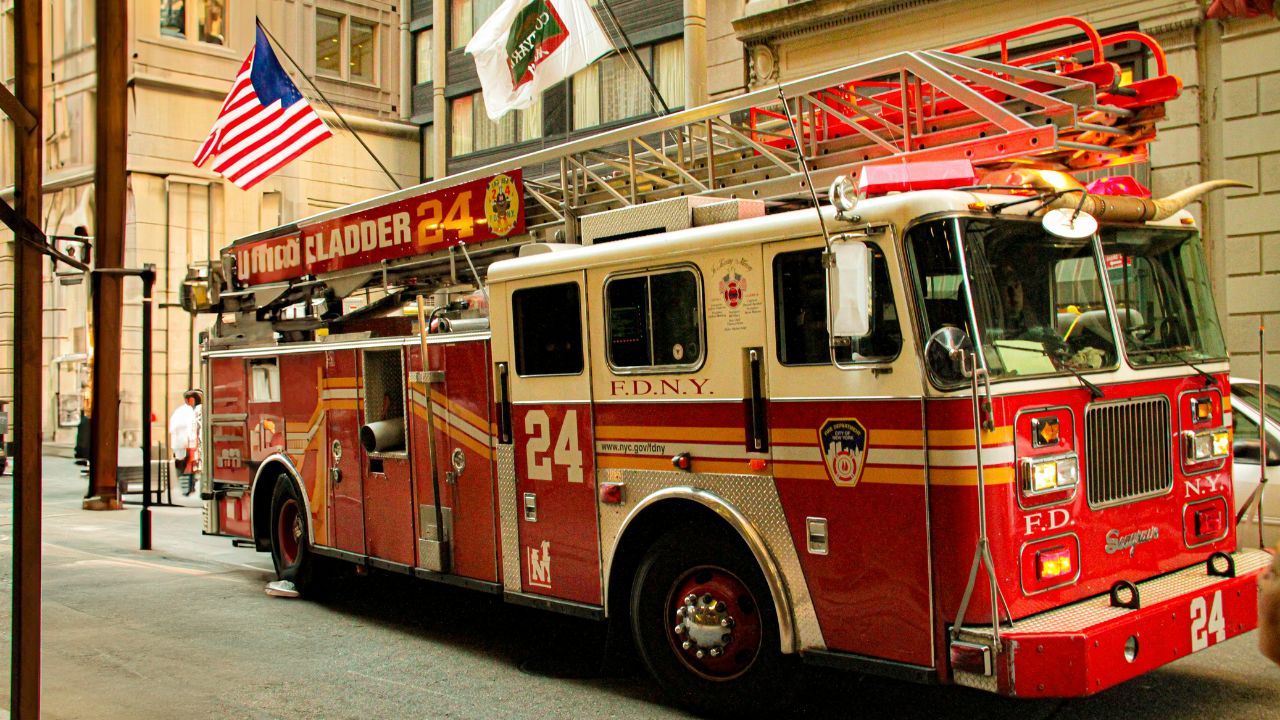One emblem of bravery, community, and cultural legacy is the hook and ladder firehouse. Among these famous buildings, Hook & Ladder Company 8 in the Tribeca area of New York City shines most since it combines pop-cultural glory with a legendary past. hook and ladder firehouse part in firefighting to its major part in Ghostbusters, this firehouse epi tribes fortitude and flexibility. This study looks at its heritage, architectural development, and how contemporary firehouses are adopting innovation to meet difficulties of today.
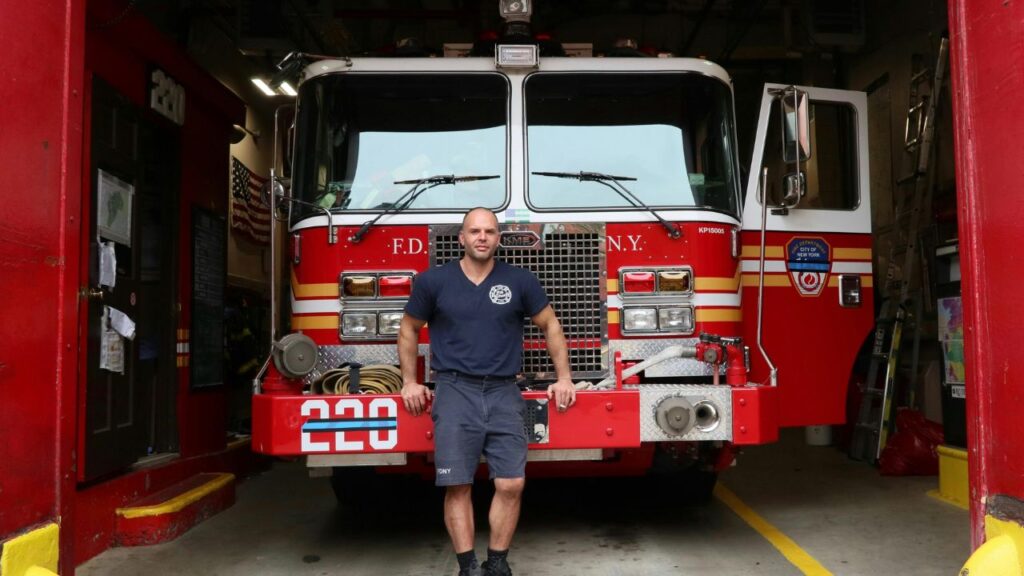
The Historical Roots of Hook & Ladder Firehouses
Designed to fit specialised trucks fitted with ladders and hooks for rescue operations, hook and ladder firehouses have been essential to urban safety since the 19th century. One such example is the 1903-built Hook & Ladder Company 8. Its rounded façade and grand entryway reflect the emphasis on civic pride of the time in Beaux-Arts architecture. Originally twice its present scale, the firehouse was half in 1913 when Varick Street was enlarged yet it maintained its functional elegance. Serving as a vital responder to crises including the September 11 attacks, where its crew lost a vehicle and Lieutenant Vincent G. Halloran7, it has over the years. This blend of history and heroism makes hook and ladder firehouses more than just buildings—they’re living monuments to service.
The Ghostbusters Connection
In 1984, Hook & Ladder Company 8 leapt from firefighting to pop culture when it became the Ghostbusters’ headquarters. Writer Dan Aykroyd, familiar with Tribeca, chose the firehouse for its striking exterior, though interior scenes were filmed in Los Angeles. The firehouse’s fame grew with sequels and reboots, and fans worldwide now pilgrimage to its doors. In 2021, a fan-funded Ghostbusters sign was installed above its entrance, cementing its status as a cultural landmark. Hundreds of costumed enthusiasts join annual “Ghostbusters Day” events that combine respect for the firefighters currently working there with enthusiasm. It is a special place because of this duality—real-life valour and Hollywood gloss.
Modern Challenges in Firehouse Design
Today’s hook and ladder firehouses face evolving demands. Driven by stricter rules, increased facilities (including sleeping quarters and training rooms), and sustainable materials, construction costs have surged from 50–50–60 per square foot in the 1980s to 190–190–250 now. Urbanisation affects site choice as well; cities use Geographic Information Systems (GIS) to examine response times, hazard zones, and patterns of community development. For instance, Kaukauna Fire Station in Wisconsin saves $37,000 a year in energy by including solar panels and geothermal heating. These developments guarantee that firehouses remain useful even with less environmental impact.
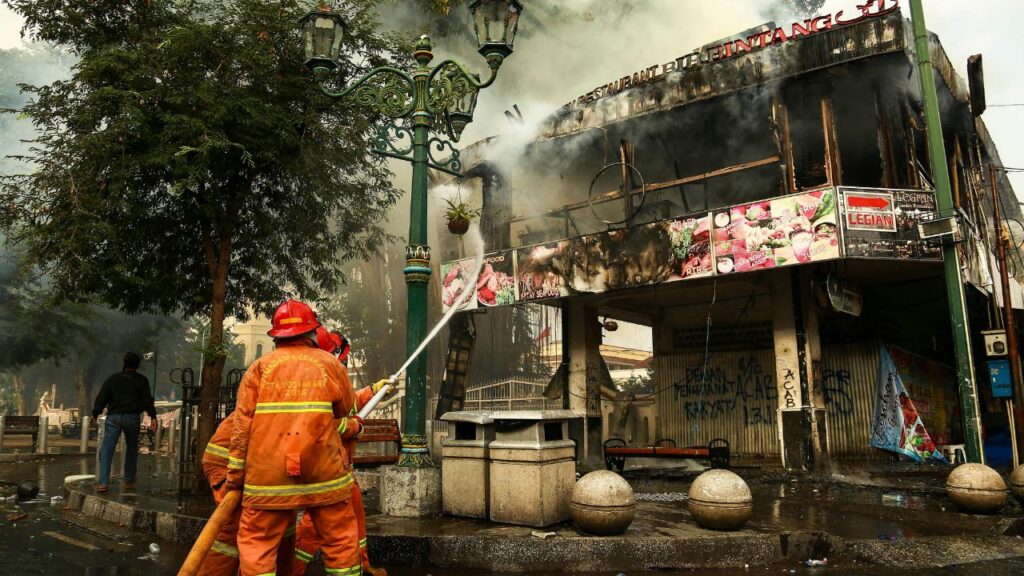
Community Engagement and Education
Modern firehouses are community centres providing more than just emergency response capability. To educate fire safety, the FDNY’s Fire Safety Education Program visits schools, does practical trailer simulations and hosts events with mascots like ‘Hotdog’. Likewise, Hook & Ladder 8 welcomes Ghostbusters Day by combining pleasure with instruction. Fire departments also collaborate with city planners to design safer neighborhoods—ensuring streets accommodate fire trucks and flat curbs aid sharp turns. This shift from isolation to integration strengthens trust and preparedness.
Preservation and Adaptation: Saving Historic Firehouses
Many historic hook and ladder firehouses face threats from budget cuts or redevelopment. In 2011, Hook & Ladder 8 nearly closed until a public campaign led by actor Steve Buscemi and Mayor Bill de Blasio saved it. Renovations between 2016 and 2018 cost $6 million, modernising infrastructure while maintaining its distinctive front. Such initiatives draw attention to the harmony between respecting history and satisfying contemporary needs—such as including gender-neutral sleeping quarters to accommodate different crews. Preservation isn’t just about bricks and mortar; it’s about sustaining legacy amid change.
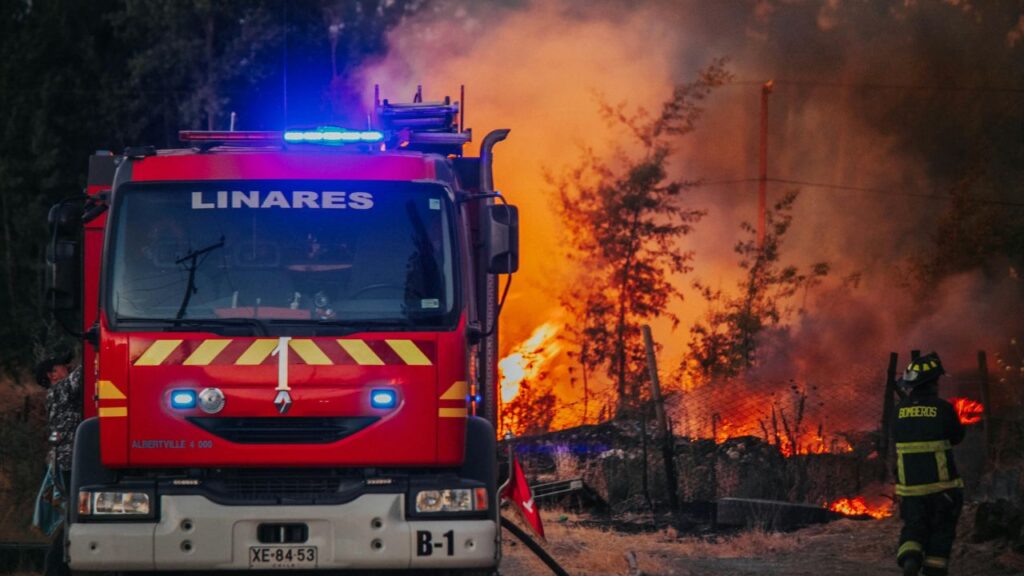
Sustainability and Technology
Forward-thinking design is reshaping hook and ladder firehouses. Solar panels, energy-efficient windows, and rainwater systems are now standard in green builds like Fitchburg’s North West Fire Station. Technology also plays a role: drones and thermal imaging help firefighters assess hazards remotely. Meanwhile, firehouses are adopting single-story layouts with rapid-response doors that open twice as fast as traditional models. These advancements ensure firehouses remain agile in an era of climate crises and urban sprawl.
Hook and Ladder Firehouse vs. Standard Fire Stations
| Feature | Hook and Ladder Firehouse | Standard Fire Stations | Why It Matters |
| Cultural Impact | Iconic pop culture status (e.g., Ghostbusters HQ at Hook & Ladder 8). | Rarely featured in media or cultural events. | Drives tourism and community pride, blending history with Hollywood fame. |
| Historical Legacy | Built in 1903 with Beaux-Arts architecture; preserved through renovations. | Often modern, utilitarian builds without historical significance. | Preserves civic heritage and tells stories of bravery (e.g., 9/11 response). |
| Community Engagement | Hosts public events like Ghostbusters Day and fire safety workshops. | Focuses on emergency response with limited public interaction. | Strengthens trust and educates communities on safety. |
| Design & Innovation | Combines historic charm with modern upgrades (rapid-access doors, solar panels). | Prioritizes functionality over aesthetics or sustainability. | Balances tradition with efficiency, cutting energy costs by thousands annually. |
| Preservation Efforts | Saved by public campaigns (e.g., $6M renovation in 2018). | Rarely preserved due to budget constraints or redevelopment. | Protects landmarks that symbolize resilience and service. |
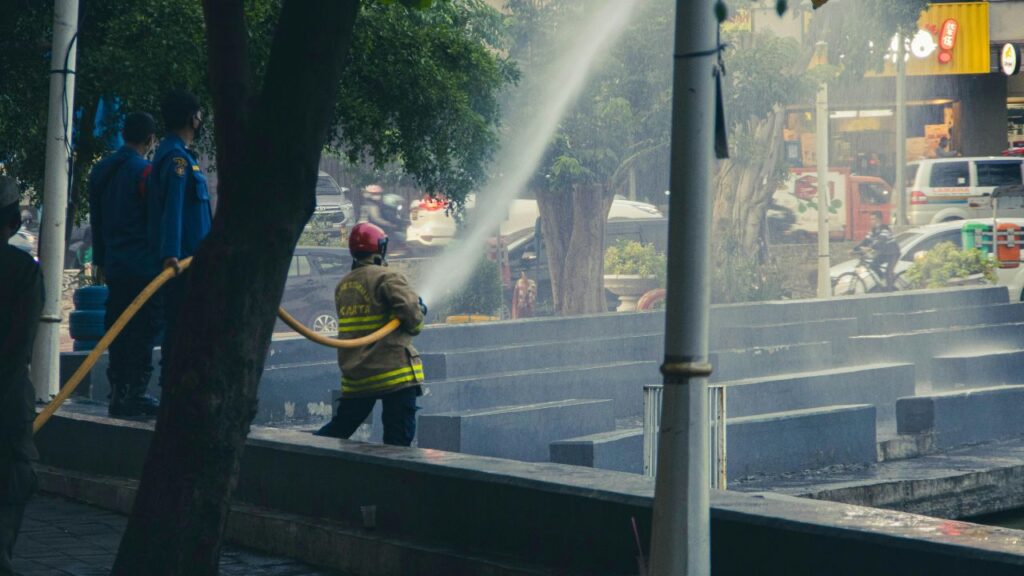
Conclusion: More Than Just a Building
Hook and ladder firehouses are testaments to service, adaptability, and community. From Hook & Ladder Company 8’s Hollywood fame to cutting-edge sustainable designs, these structures evolve while honoring their past. Firehouses are indispensable in protecting our communities whether through embracing green technologies or teaching the future generation. When you pass one the next time, keep in mind—it’s a pulse of resiliency, not only a structure.
FAQ’s
1. Why is Hook & Ladder Company 8 famous?
It’s the actual firehouse shown in Ghostbusters (1984) and its follow-up. Its Tribeca site is visited for pictures by fans, and it even features a Ghostbusters sign paid by them.
2. Can you tour the Ghostbusters firehouse?
Definitely! You can take pictures outside Hook & Ladder 8 in NYC even if the inside is closed to the public. On June 8, Ghostbusters Day, firemen occasionally welcome fans.
3. What does “hook and ladder” mean?
It speaks of fire trucks with ladders for rescues and hooks—to pull down burning walls. In firefighting in the 19th century, these specialist trucks were indispensable.
4. How are modern firehouses different from old ones?
Using sustainable technology (solar panels, geothermal heating), today’s firehouses give top priority for shorter response times with open layouts and quick access doors.
5. Was Hook & Ladder 8 ever at risk of closing?
Yes. Budget cuts threatened its closure in 2011, but public initiatives and celebrity backing helped it to survive. Its historic appeal was maintained in 2018 with a $6 million make-over.
